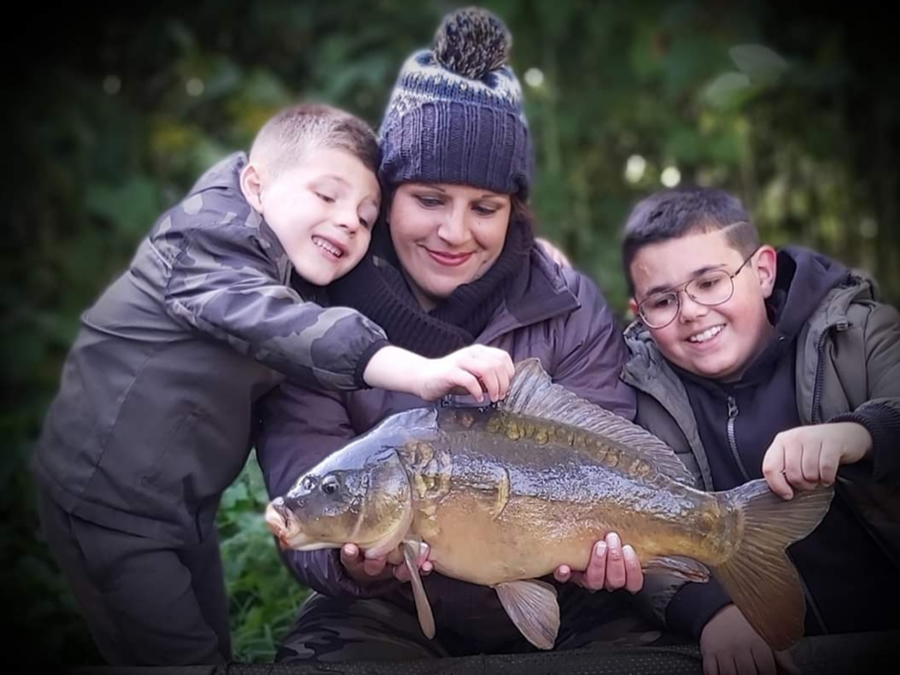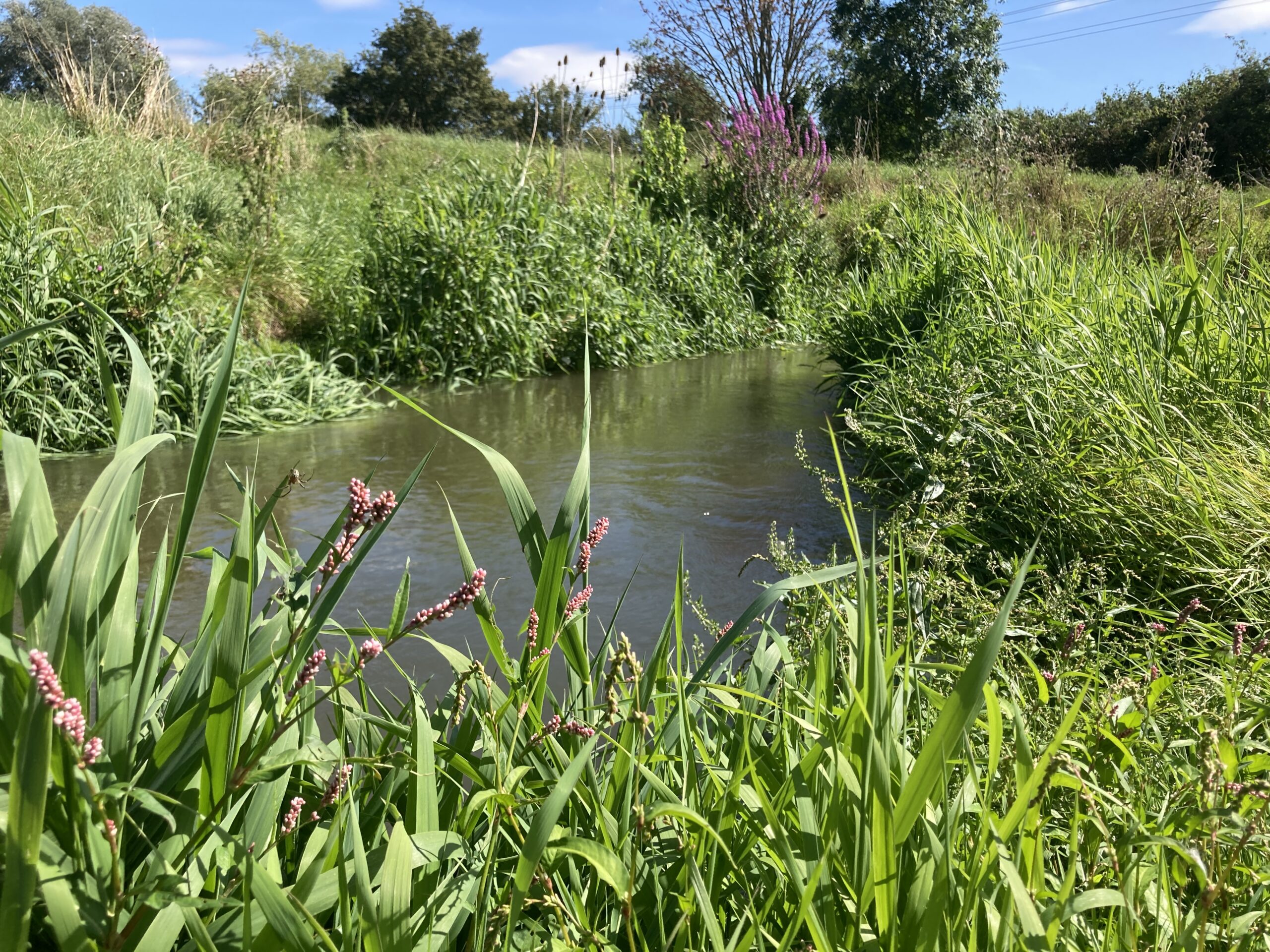
Lines On The Water
Investing in the future of our rivers
There are many activities the Environment Agency undertakes with your rod licence money that are less well known. One of them is the ongoing programme of fish and habitat monitoring. It’s an exercise which provides nationwide data for future planning that will lead to better aquatic environments and ultimately, better angling opportunities. In 2021 there were 926 surveys carried out across England. We joined a fisheries team in Essex to find out more.
The four-strong team is on a beautiful section of the River Pant near Saffron Walden. It’s situated on the edge of Constable Country and it feels like it. The sun is out, the clouds are high and the river is gently meandering and babbling its way through the silence.
It would be so easy to find a comfortable resting place and doze in the peaceful warmth, but the team is here to count fish and record important information about the river’s health. The type of species they find, their number and size and the ageing assessments conducted later by laboratory experts from the scale samples they collect, will all expose this river’s hidden secrets.
The plant life and the riverbed will also be monitored and this latest data from an annual survey that for the sake of the science always takes place on the same stretch of water, will add to fifteen years-worth of information that collectively details how the river is faring year-on-year. There’s no Hay Wain, easel or palette in sight, but Constable himself would be impressed by the scientific picture it all paints.
On arrival to the riverbank, the first thing I see is a stop net at the upstream end of a 200-metre stretch. Downstream, another net ensures that the section to be monitored will reflect its fish and invertebrate population at a measured moment in time.

The stop net
When a maximum of four electro-fishing passes have been made, the resulting data will have been gathered in identical fashion to every previous visit. Only nature will provide the variables.
Leading the team on today’s mission is the Environment Agency Fisheries Officer, Ben Norrington. “This is part of a national monitoring network,” says Ben. “Our rivers are surveyed for fish, macro-invertebrates, aquatic plants and water quality. From that data we can then look at long term trends in things like species decline and possible changes. That will indicate to us changes to either the environment, water chemistry or even land use. An exercise like this provides valuable baseline data that will support important decision making for future development.”

First pass..
Monitoring events such as this are conducted on various areas through a river’s course. This localised data can then be collated to create a general picture of the river’s overall health. On the Pant’s 30km length, six different locations will tell the wider story.
An example of this work in positive action is highlighted by an area of the river Stour at Dedham. Data showed that over a fifteen-year period species numbers were declining in a section where the river was dug out and, consequently, a uniform environment had been created. Once the problem was identified, the Fisheries team worked with the landowner to create a ‘scrape’ and gravels which introduced a more natural bend to work the flow. Since that work was done ten years ago, there has been a dramatic increase in the fish population.

After temporary capture, it’s time for data capture
Ben says: “The Colchester Piscatorial Society and Sudbury & Long Melford District Angling Society reported an increase in chub and bream numbers and there was a direct correlation between those reports and the habitat improvements that were derived from our original data sets and the mitigation work we did.”
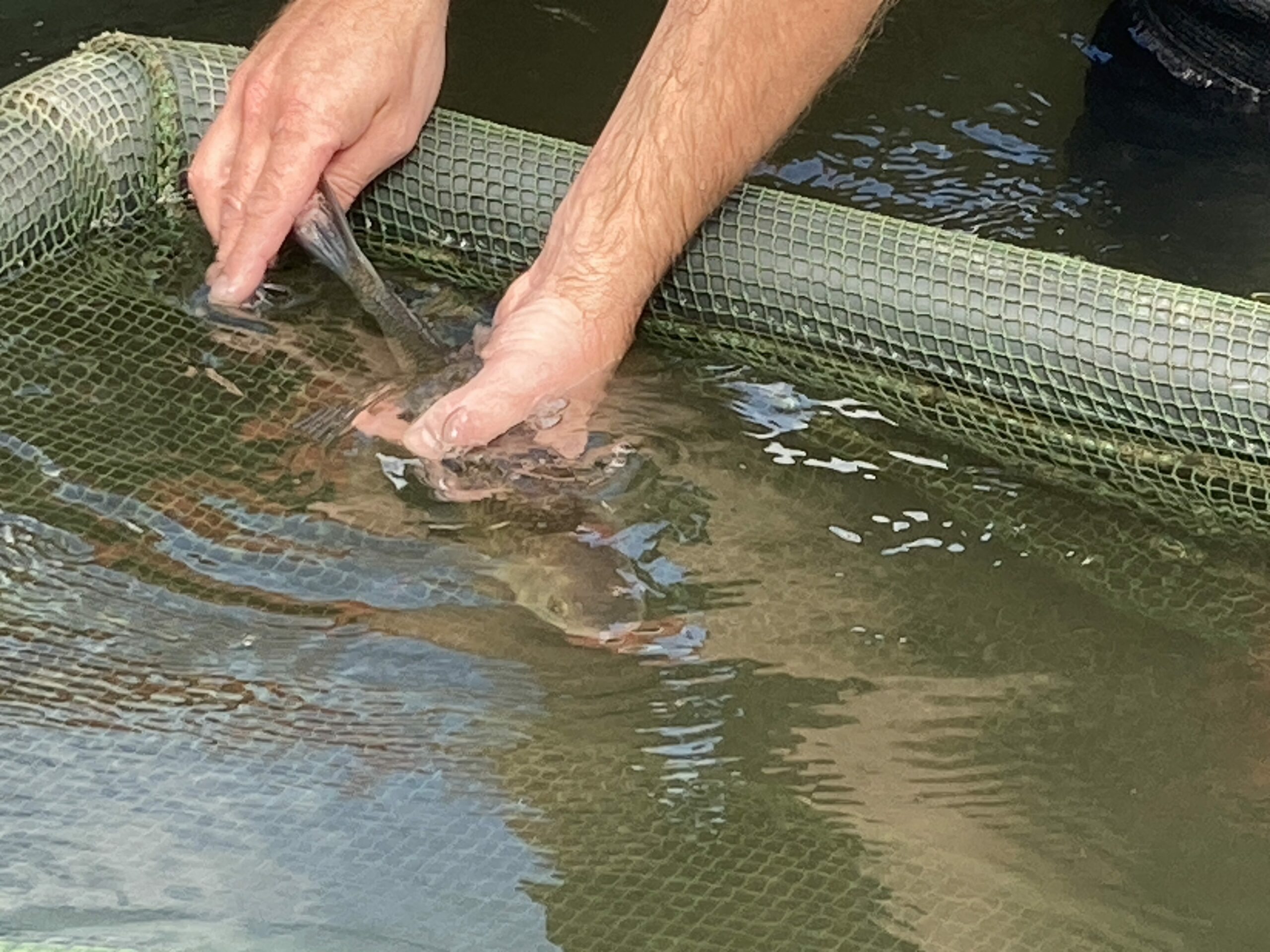
Measured, scaled and ready for release.
Such work is clearly good news for the future of angling on a much wider scale. Better aquatic environments equal more fish, which in turn offers greater incentive for people to take up or simply continue enjoying the sport and its benefits. Furthermore, the data sets created from these exercises are available to anglers who can access the information online and make informed choices about the places that should hold a good head of fish and which species might predominate.
“We’re in a transition between a paper-heavy society and digital information sharing and we’re in a better position now to share our intelligence directly,” says Ben. “In the past we could only pass on physical reports and most of the time its availability to anglers relied on people passing it through the stages. But now, if you’re an angler, we have a something on the Environment Agency website called Ecology Explorer which is a simple mechanism you can click on to show the outcome of surveys in a region.”
The service is a recent addition to the Agency’s information sharing process and the page openly requests feedback to help onward improvement. But the information is available through a short series of dropdown options which include a nationwide list of all the current Operational Catchments.
Back on the river Pant, the results of today’s passes have given Ben and his team a clear update on the health of the section they’ve covered and a dataset that adds further depth to the story of the river’s overall performance.
“This stretch is dominated by arable land and is free of input from major cities and towns. The water is running freely and you’ve got a good population of wild fish. There are Brown trout, chub, roach and dace and also lots of the smaller species such as bullhead, stoneloach, gudgeon and minnow.
“So the species diversity here is an indicator of generally good aquatic ecology. But what I have noticed is a lack of dace compared to previous years. Dace like fast flowing gravels, but because there is a lot of arable land and cow poaching from the fields directly into the river, the diffused siltation directly affects the environment and its suitability for certain species. There’s no point-source pollution here, so we can perhaps work with partners to try and change the act of the land getting into the river.”
Ben’s closing observations give hope for the future of our rivers at a time when the focus is on the very real issues of overall water quality.

Small tributaries live the River Pant can hold unexpected riches.
“People still want to fish small rivers and not everyone wants to sit by a lake in a bivvy and carp fish,” he says. “So maybe we can help landowners open up new sections of river because the data can suggest to them that maybe an area like this is a good one to start a fishing club. But it’s not just about anglers and angling. There are plenty of stories of rivers being washed out by pollution but what this data also does is it shows the wider public that rivers and fish populations can come back to life and are worth saving if we all work together.”
You might also like

We want a water industry fit for purpose

Another year of anglers’ data reveals another year of…

Get Fishing Fund – Funded Project: ‘Summerhayes Junior Angling…
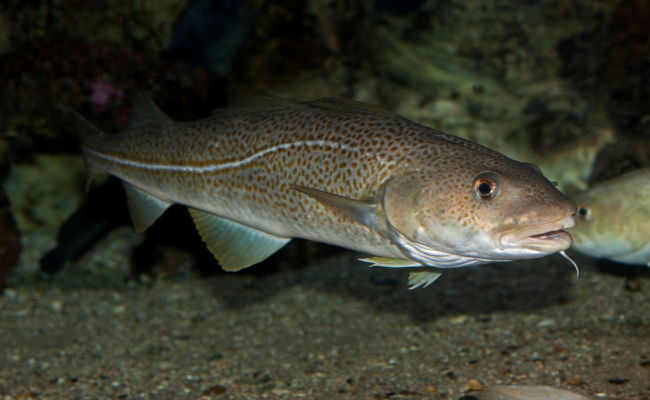
Will the UK-EU Fisheries Deal Deliver for Sustainability and…

The smile says it all! Kayson is hooked! –…
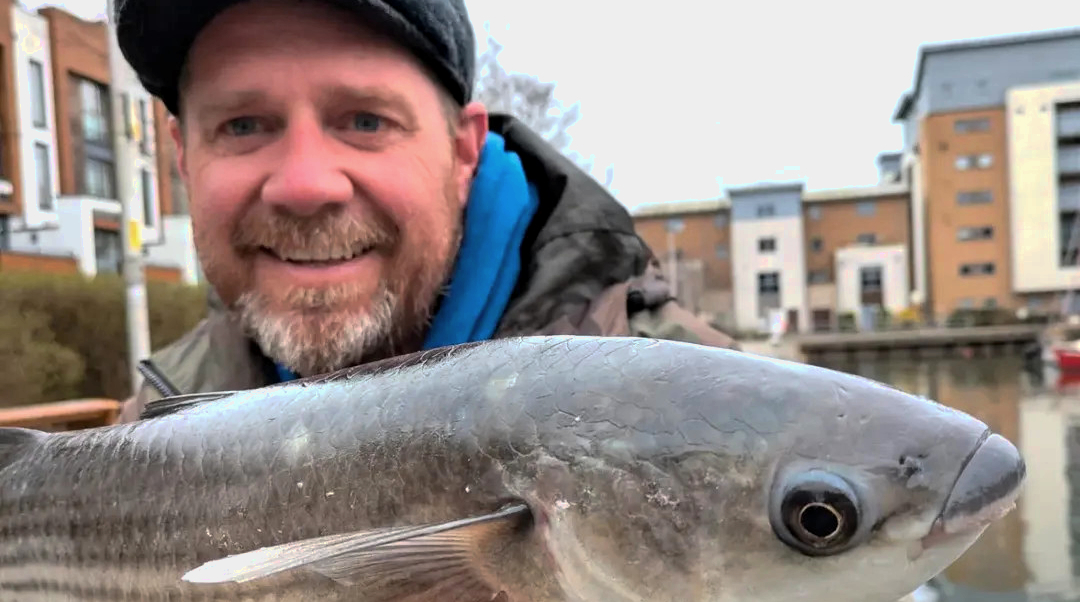
Our Man with a Mullet! Dean Asplin, enjoys a…
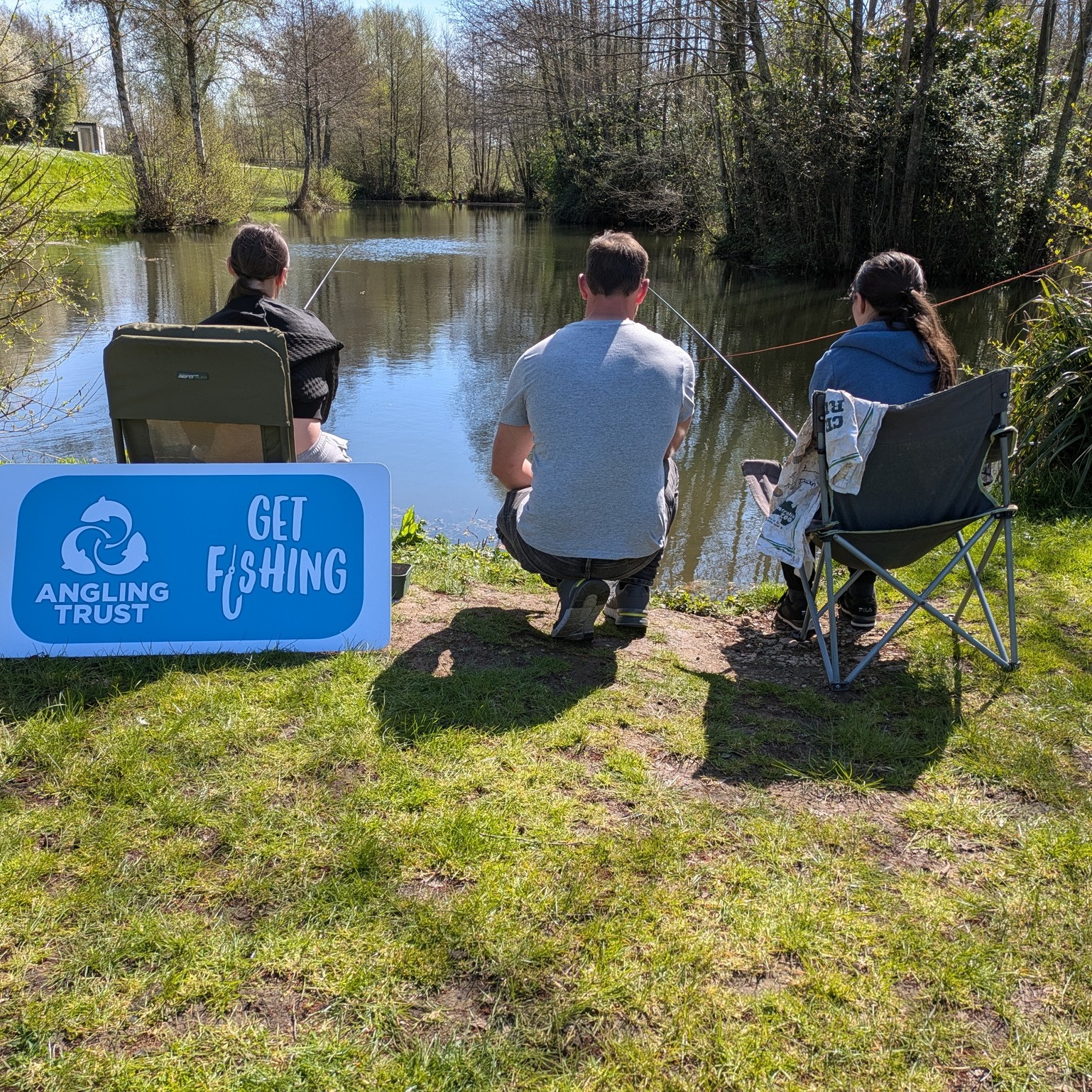
Underdog Crew hosts top draw fishing events with Hintlesham…
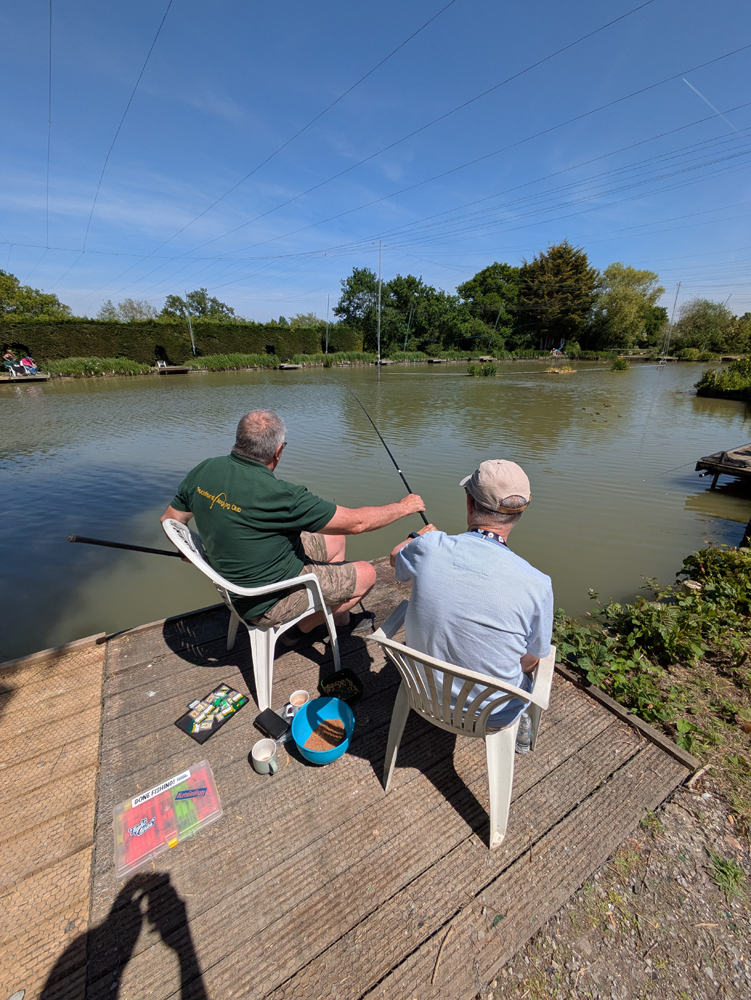
NEW BLOG: Fishing helped my Peaceful Place members with…
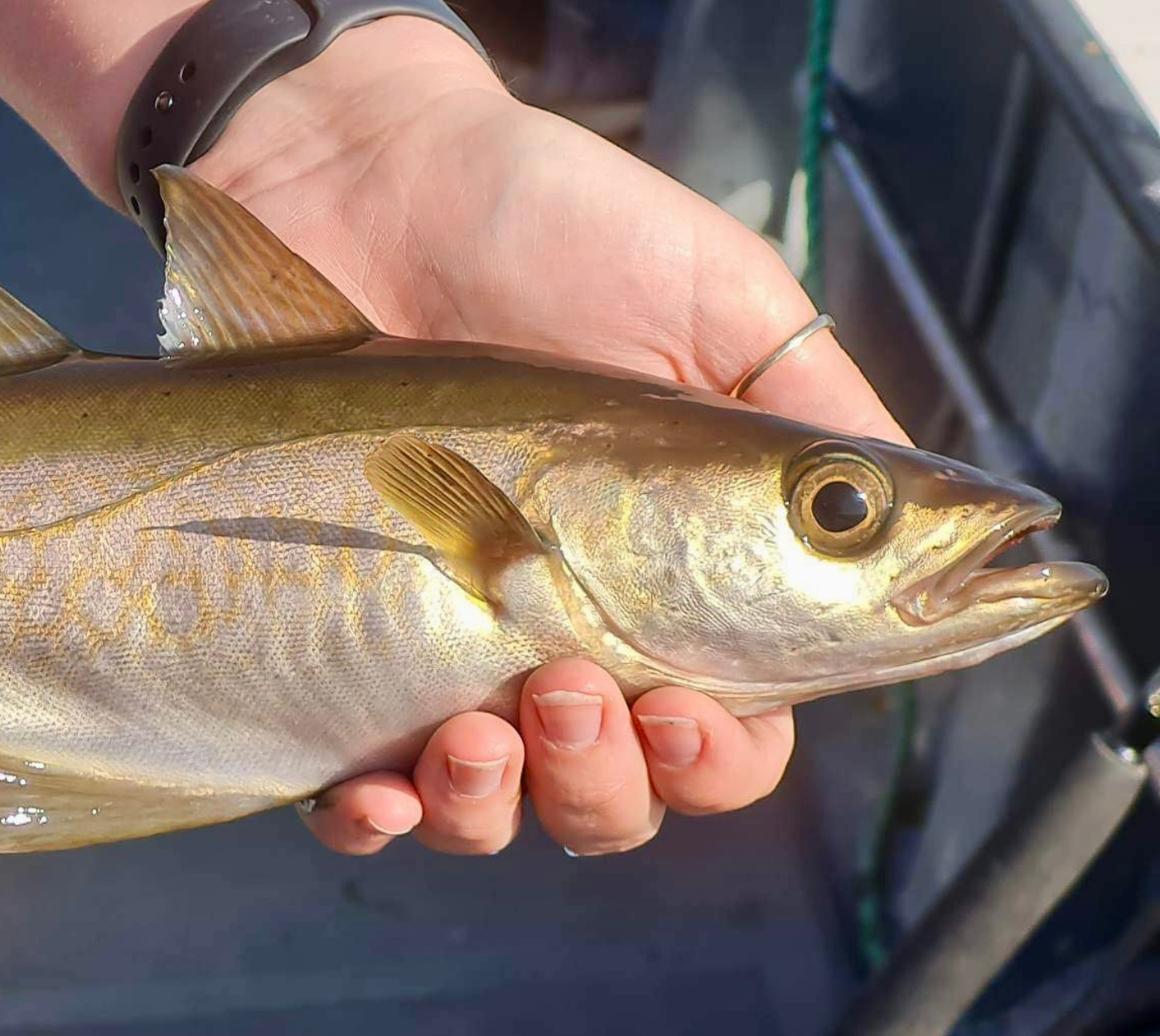
Minister’s Visit Highlights Collaborative Action on Pollack Conservation

Angling Trust calls for radical reforms to end sewage…

Have Your Say: Shape the Future of Black Bream…
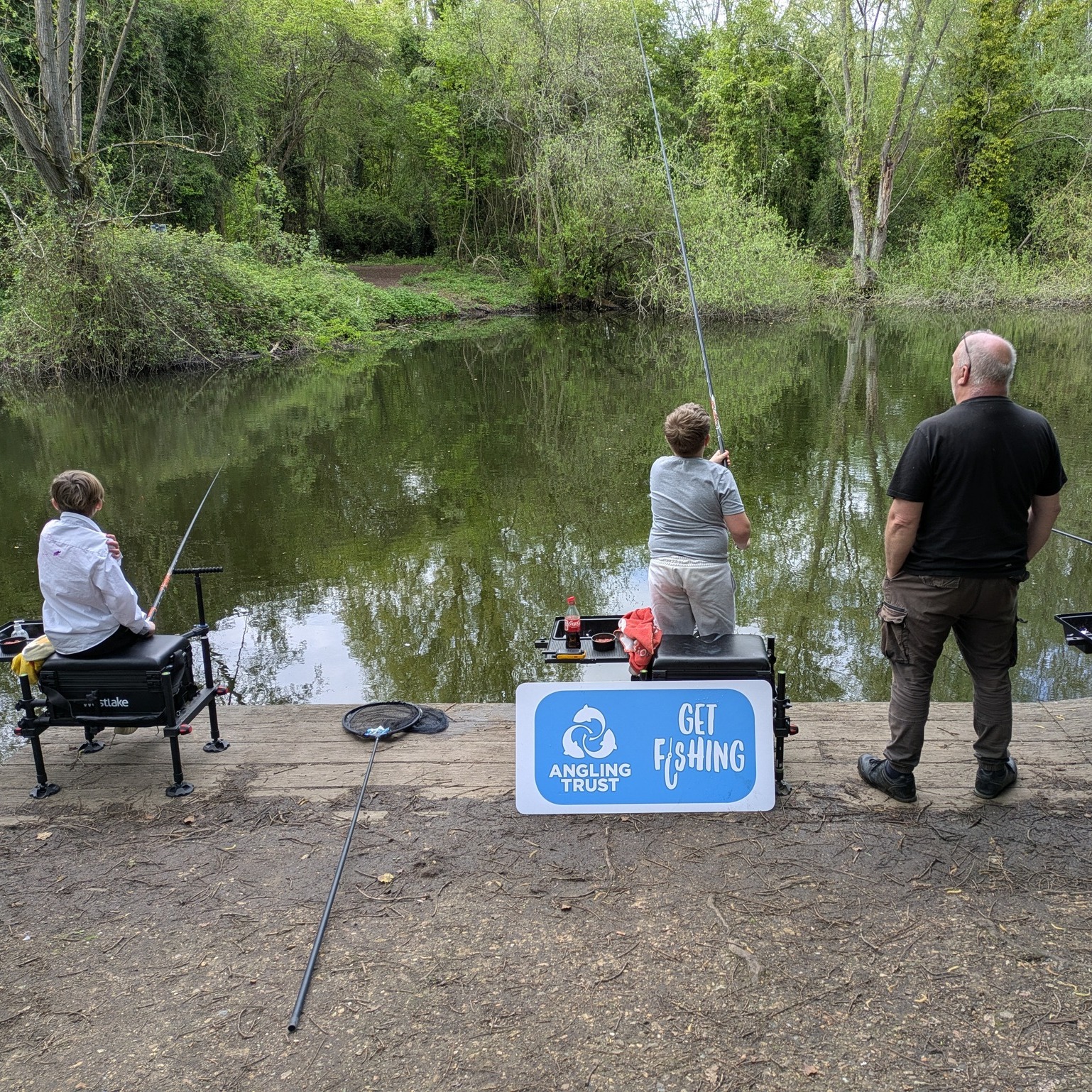
NEW BLOG: Get Fishing Award event for North Cambridge…

We want a water industry fit for purpose

Another year of anglers’ data reveals another year of…

Get Fishing Fund – Funded Project: ‘Summerhayes Junior Angling…

Will the UK-EU Fisheries Deal Deliver for Sustainability and…

The smile says it all! Kayson is hooked! –…

Our Man with a Mullet! Dean Asplin, enjoys a…

Underdog Crew hosts top draw fishing events with Hintlesham…

NEW BLOG: Fishing helped my Peaceful Place members with…

Minister’s Visit Highlights Collaborative Action on Pollack Conservation

Angling Trust calls for radical reforms to end sewage…

Have Your Say: Shape the Future of Black Bream…

NEW BLOG: Get Fishing Award event for North Cambridge…

We want a water industry fit for purpose

Another year of anglers’ data reveals another year of…

Get Fishing Fund – Funded Project: ‘Summerhayes Junior Angling…

Will the UK-EU Fisheries Deal Deliver for Sustainability and…

The smile says it all! Kayson is hooked! –…

Our Man with a Mullet! Dean Asplin, enjoys a…

Underdog Crew hosts top draw fishing events with Hintlesham…

NEW BLOG: Fishing helped my Peaceful Place members with…

Minister’s Visit Highlights Collaborative Action on Pollack Conservation

Angling Trust calls for radical reforms to end sewage…

Have Your Say: Shape the Future of Black Bream…



